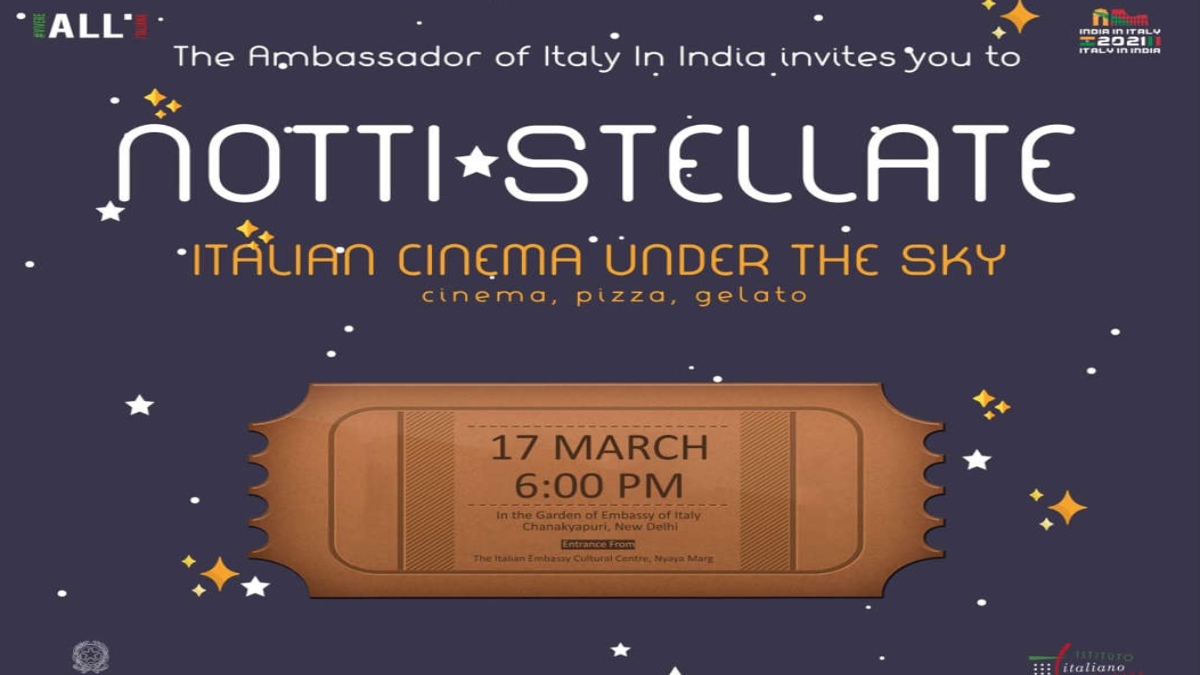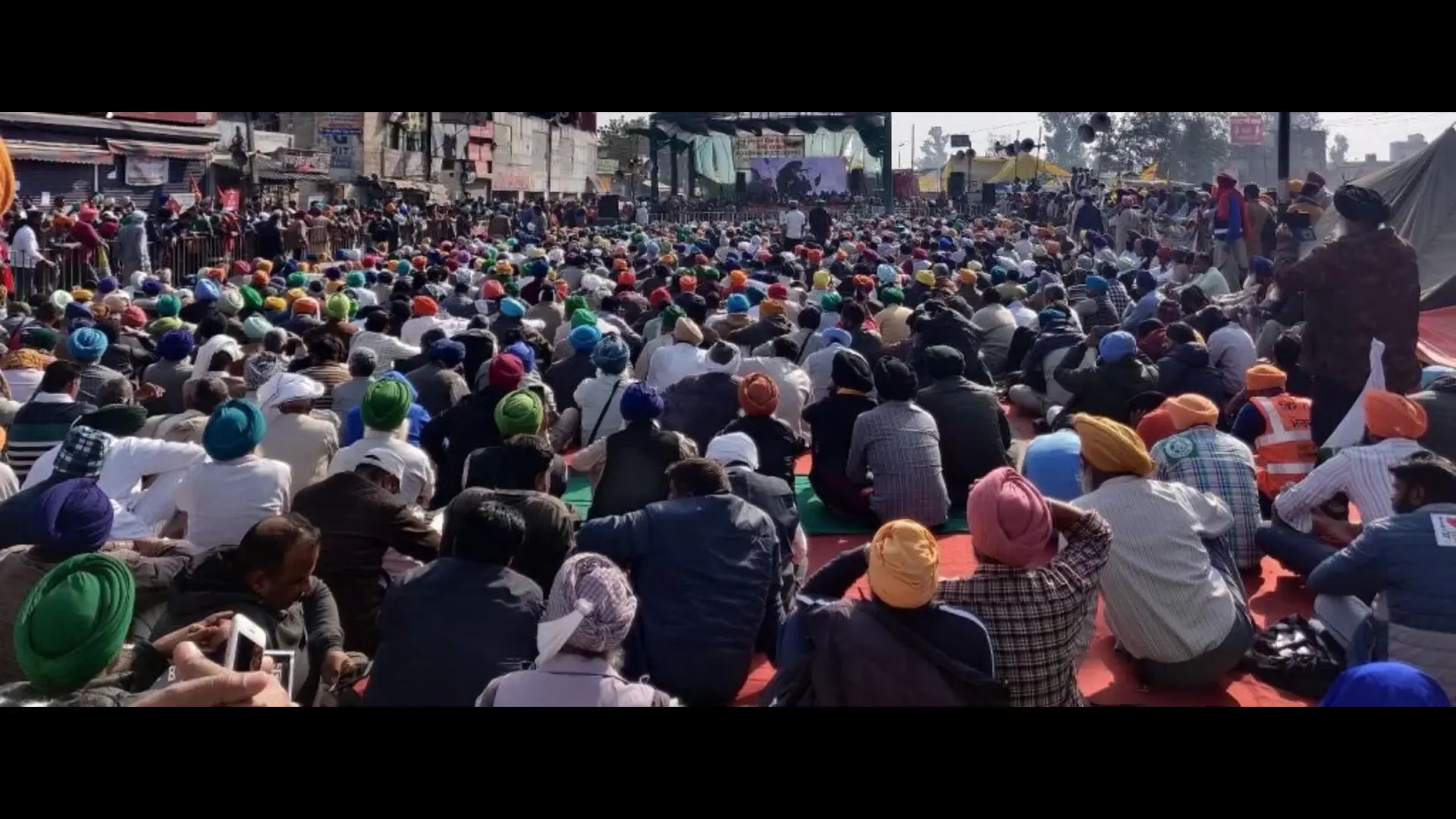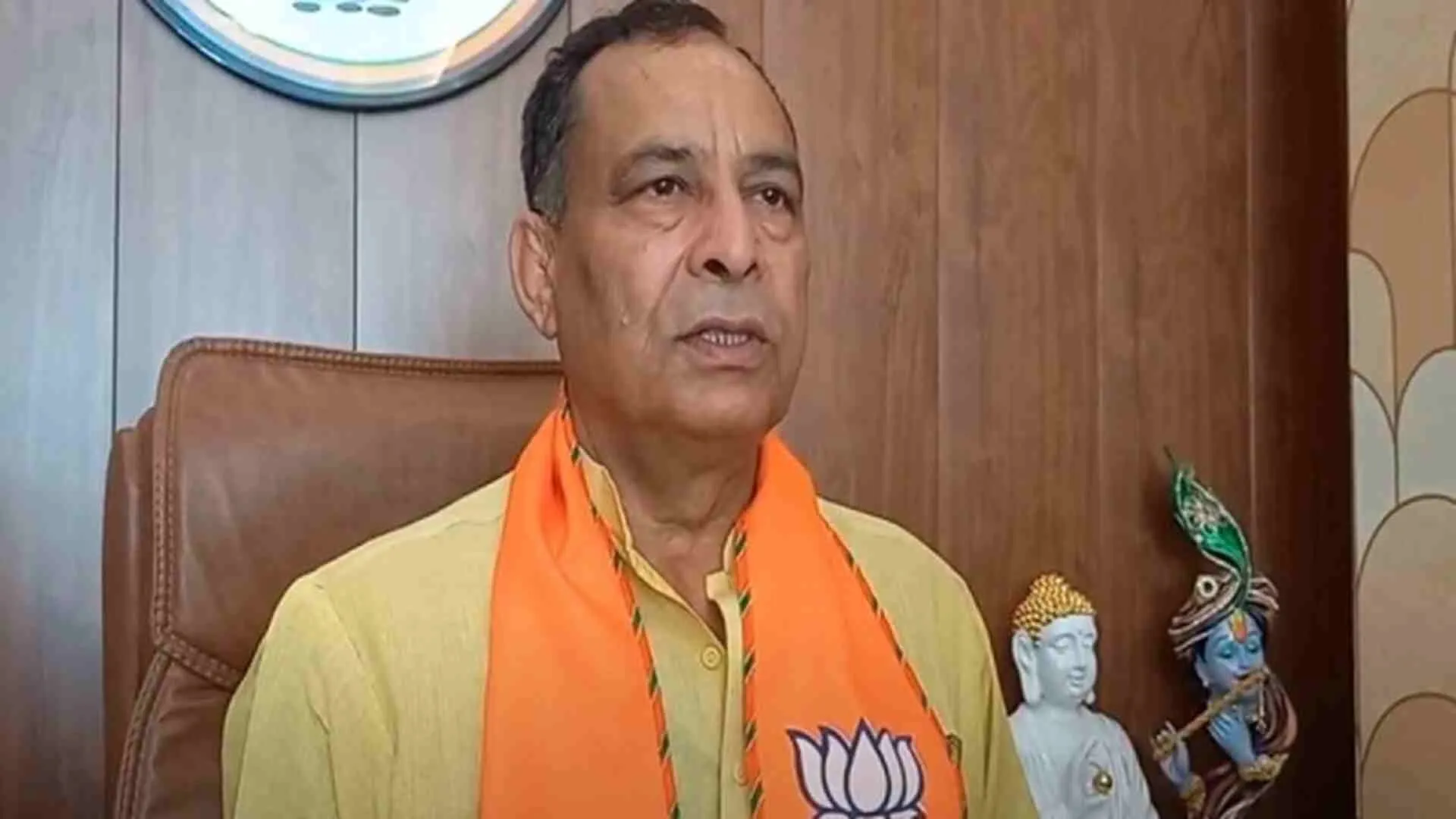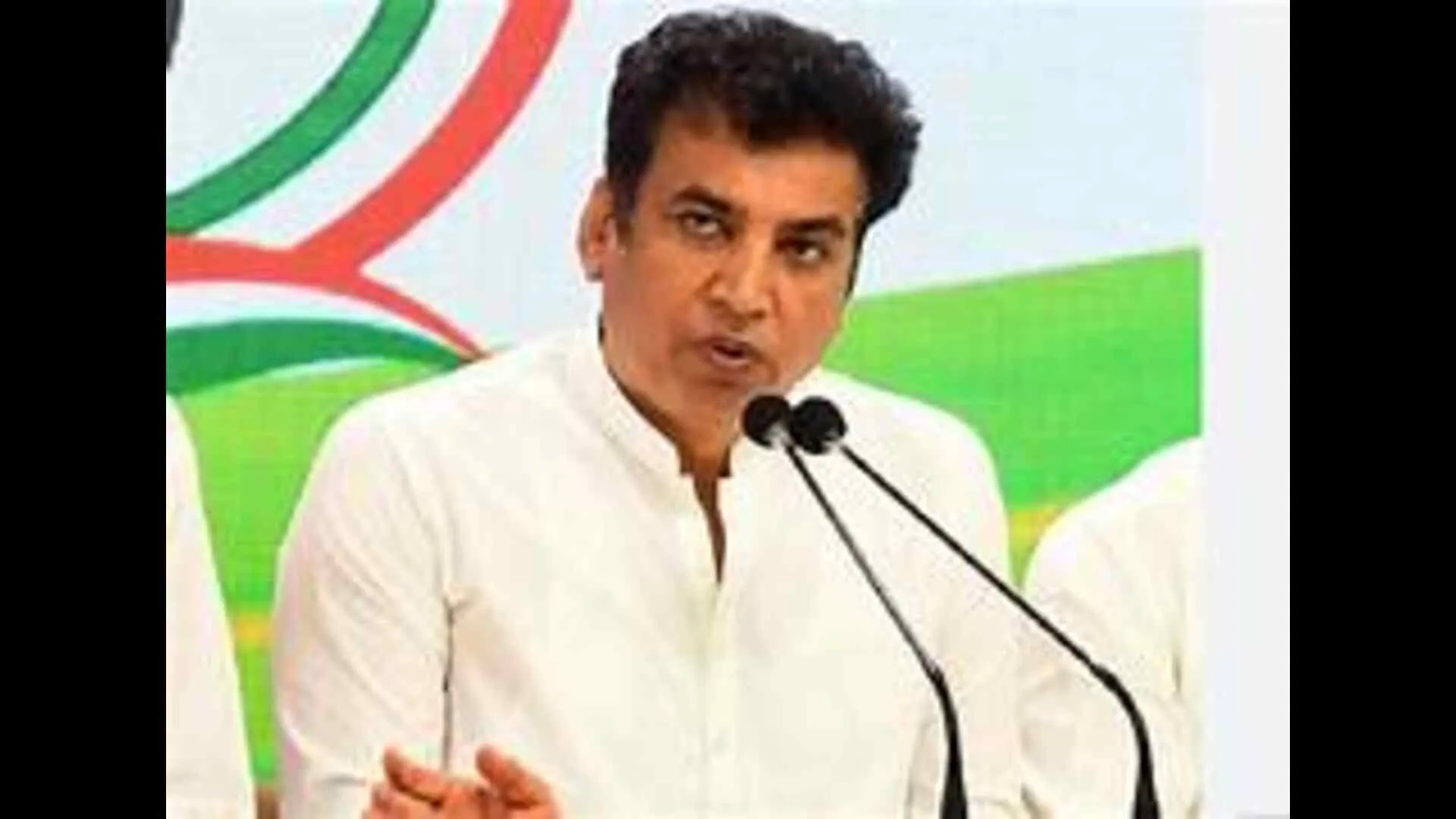The Embassy of Italy in New Delhi recently organised “Notti Stellate—Italian Cinema Under The Sky”. The three-day event, which was hosted with strict Covid-19 guidelines in place, screened films such as the master Italian filmmaker Pier Paolo Pasolini’s 1968 short documentary film “Notes for a Film on India”, Marco Bellocchio’s 2019 critically acclaimed crime drama film “The Traitor”, Matteo Garrone’s 2015 fantasy film “Tale of Tales”, and a segment of the legendary Italian filmmaker Roberto Rossellini’s 10-part documentary mini-series on India titled “India Through Rossellini’s Eyes” made back in 1959.
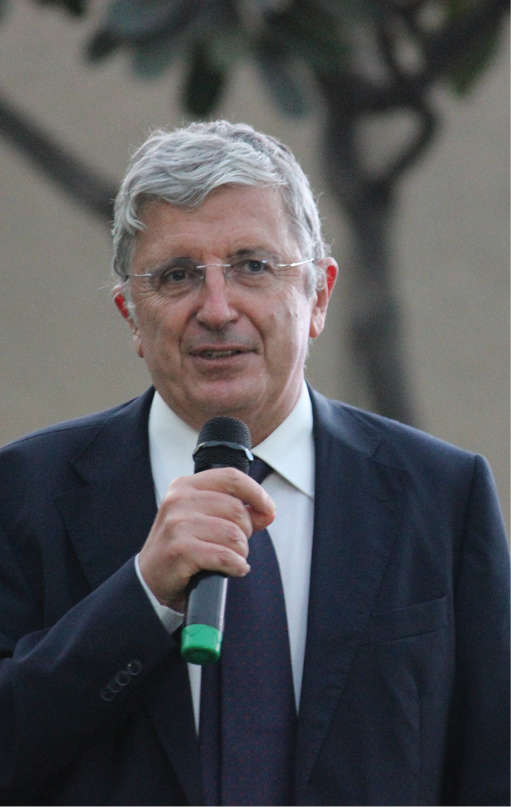
The opening night of Notti Stellate, during which the visitors were served with pizza and gelato, was made special by an introduction to the aforementioned documentaries, made by Pasolini and Rossellini, by the Italian Ambassador to India Vincenzo de Luca. This was the first time these documentaries were getting publicly screened in India. Now, as rare as these documentaries are, surprisingly, they are yet to be restored. But when they were screened in their original form as part of “Notti Stellate”, the black & white visuals strongly evoked a strong sense of the ‘50s and ‘60s—the decades in which the Rossellini and Pasolini documentaries were filmed, respectively.
As evident from their titles, both documentaries share a strong association with India. When Rossellini visited India in the late 1950s to direct a documentary mini-series for the Italian and French televisions on Nehruvian India, he also ended up making a semi-fictional feature-length film with documentary elements titled “India: Matri Bhumi”. The film essentially consists of vignettes through which Rossellini’s impressions and feelings about India and its society emerge. Interestingly, the drafted script, originally written with Iranian diplomat Fereyoun Hoveyda, completely changed as soon as he started to work with the young Indian screenwriter Sonali Senroy Das Gupta. The hybrid film combines the Neorealist style that Rossellini helped develop in Italy with poetic voice-over narration. Rossellini shot the documentary mini-series “India Through Rossellini’s Eyes” parallel to “India: Matri Bhumi” with the same team.
Now, in the episode titled “Heading South” of the documentary mini-series that was screened as part of “Notti Stellate”, Rossellini reads out the recipe for making “dal”. He then shows the rice fields and peasant villages of southern India. The produce is subsequently taken to the markets in the city centres. The episode also shows the artistic heritage of one such city, Madurai, with its temples bursting with figurines with an almost Baroque opulence of ornamentation. A master working at the height of his powers, Rossellini exercises exemplary control over his mise en scene. The camera angles and movements are so meticulously planned and executed that there’s not a single frame that goes wasted. Unlike most Western intellectuals who had previously tried to capture India, Rossellini shows great empathy in his presentation of India. He doesn’t see India as a land of jungles and snake charmers; he is interested in presenting a young country that has recently freed itself from the shackles of colonialism. An age-old civilisation that’s on its way to embracing modernity through the construction of dams, bridges and whatnot, but one that’s also committed to preserving its rich culture and values.
As for Pasolini, a culturally rich country like India represented the true “spirit of Bandung”. At the historic Bandung Conference of 1955, the participating nations of Asia and Africa had tried to envision alternative ways of working together in the bipolar world of the Cold War. The event marked the birth of the Non-Alignment Movement and left its mark on a generation of writers, artists, and filmmakers, including Pasolini. “Notes for a Film on India” offers a fascinating take on India by Pasolini who had come here to make a feature film. Unfortunately, the film never got made, but Pasolini nevertheless was able to shoot some interviews with Indian people from all walks of life to learn more about the country.
The 33-minute-long documentary was created by Pasolini from the material he shot whiles doing recces for his proposed film to be made in India about a king who gives up his body to feed a starving tiger. Here, Pasolini narrates the challenges of India and its charms amidst all the problems the country faces. An increasingly cynical Pasolini examines the challenges India faces in modernising itself, posing the all-important question: Can India prevent losing its true identity in the process? During his encounter with a boy belonging to one of the backward castes, Pasolini asks him whether or not he believes he could one day be the prime minister of India. To his great surprise, the boy enthusiastically replies in the affirmative.
The documentaries by Rossellini and Pasolini (screened at major festivals across the globe) demonstrate how leading Italian intellectuals over the years have taken a keen interest in India right from its early years as a young country trying to find a new independent identity in a world engulfed in the gaping maw of the Cold War while simultaneously trying to keep its culture and values intact. Separated by about a decade, both these humanistic documentaries had succeeded in reintroducing India to the world with rare honesty and empathy.

